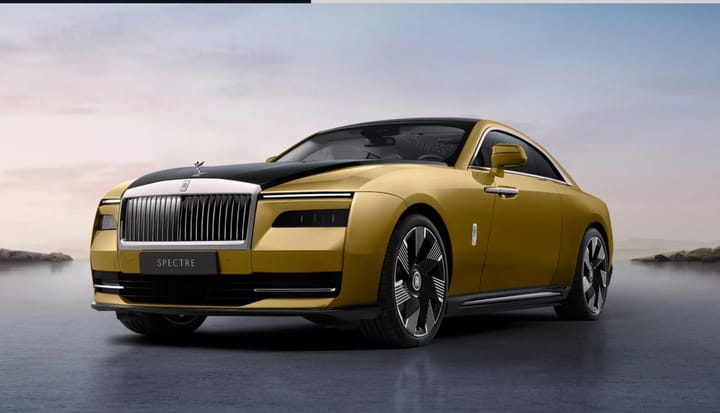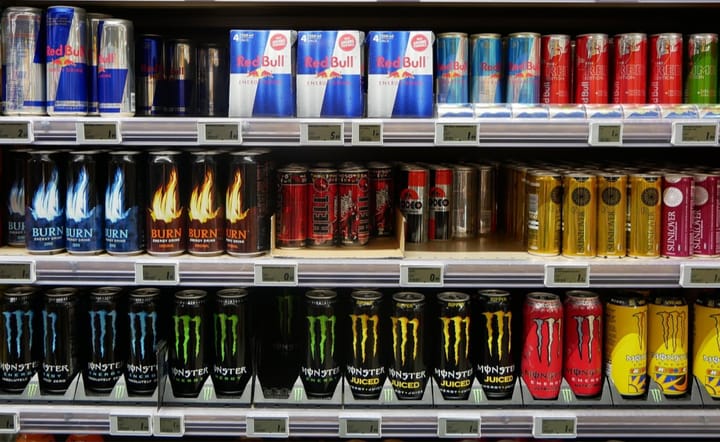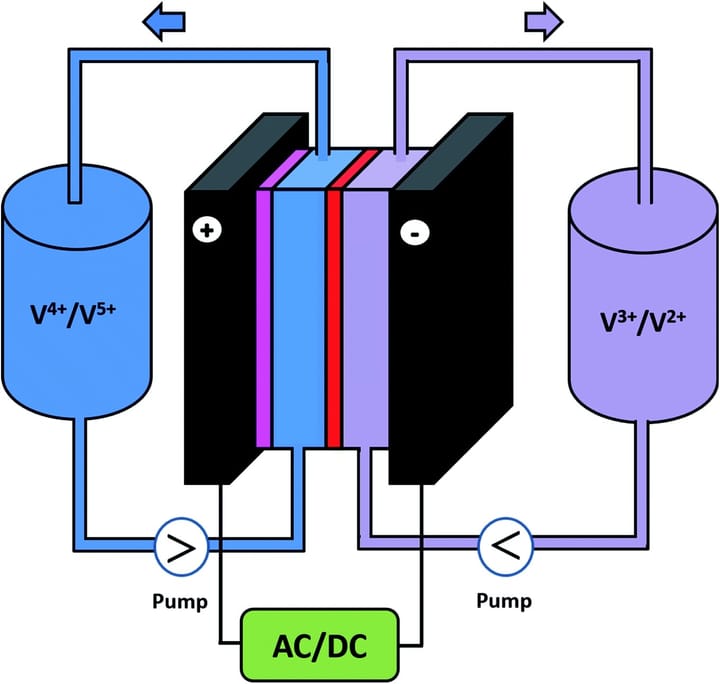Vanadium Redox Batteries - The Future of Energy Storage

The Science Behind Vanadium Redox Batteries
Imagine a battery that can store massive amounts of energy for long periods, is highly efficient, and can be scaled up or down depending on your needs - that's what vanadium redox batteries offer. They're not your typical lithium-ion batteries; instead, they use a unique chemistry that makes them stand out.
So, how do they work? Vanadium redox batteries rely on vanadium ions as charge carriers, which exist in four different oxidation states. This means you get a lot of flexibility in how the battery operates. The battery itself has a single electroactive element - vanadium - rather than the two you'd typically find in other battery types. This simplifies things and reduces the risk of cross-contamination between different elements.
Electrolyte Preparation
The electrolytes used in these batteries are vanadium-based, and they're prepared by dissolving vanadium pentoxide in sulfuric acid. This process creates a solution that can be used to store energy. The fact that both the positive and negative electrolytes contain vanadium ions is a key advantage, as it eliminates the risk of cross-contamination that can occur in other battery types.
One of the benefits of this design is that it allows for long-duration energy storage, making vanadium redox batteries suitable for applications like grid-scale energy storage. They're also highly scalable, so you can tailor them to your specific needs.
- Vanadium ions in four different oxidation states
- A single electroactive element
- Vanadium-based electrolytes
These characteristics make vanadium redox batteries an attractive option for a range of energy storage applications.
Vanadium Redox Batteries: The Future of Energy Storage
Advantages of Vanadium Redox Batteries
Imagine a battery that's not only eco-friendly but can also last for decades - welcome to the world of Vanadium Redox Batteries (VRBs). These innovative power storage systems are revolutionizing the way we think about renewable energy.
One of the standout features of VRBs is their incredible cycle life. We're talking 12,000 to 14,000 cycles, which is significantly higher than many other battery types. To put that into perspective, a typical lithium-ion battery might last for around 3,000 to 5,000 cycles. This means VRBs can charge and discharge a massive amount of energy without losing their efficiency.
The benefits don't stop there. VRBs can last for up to 20 years, making them a reliable choice for long-term energy storage. This longevity is especially useful for grid energy storage applications where maintenance and replacement costs can be a major concern. Here are some key advantages of VRBs:
- High cycle life of 12,000-14,000 cycles
- Long lifespan of up to 20 years
- Flexible and scalable design makes it suitable for grid energy storage
The flexible and scalable design of VRBs is another major advantage. This makes them perfect for grid energy storage applications where energy demand can fluctuate wildly. Need more power? Just add more VRB units. It's that simple. This scalability, combined with their long lifespan and high cycle life, makes VRBs an attractive option for utilities and renewable energy projects.
Recent Breakthroughs in Vanadium Redox Batteries

Imagine a world where energy storage is no longer a limiting factor in our transition to renewable energy - and it's not just a pipe dream. Recent breakthroughs in vanadium redox batteries are making this vision a reality. Researchers have been working tirelessly to improve the efficiency, stability, and cost-effectiveness of these batteries, and the results are impressive.
New Membrane Materials
One of the biggest challenges facing vanadium redox batteries is the penetration of vanadium ions through the membrane, which can lead to a loss of efficiency and capacity over time. But new membrane materials are changing the game. These innovative materials reduce vanadium ion penetration and increase efficiency, making them a crucial component in the development of more reliable and long-lasting vanadium redox batteries.
Hybrid Sheets with Tungsten Trioxide Nanoparticles
Another area of research that's yielding exciting results is the use of hybrid sheets with tungsten trioxide nanoparticles. These sheets enhance proton transport and stability, allowing the battery to operate more efficiently and reliably. In fact, studies have shown that these hybrid sheets can increase the battery's energy efficiency by up to 10%.
Some of the key benefits of these advancements include:
- Improved mass transport and reduced losses
- Enhanced proton transport and stability
- Increased efficiency and reliability
Advancements in Flow Field Design
Flow field design is another area where researchers are making significant strides. By optimizing the design of the flow fields, scientists can improve mass transport and reduce losses, leading to more efficient and reliable battery operation. This, combined with the new membrane materials and hybrid sheets, is paving the way for vanadium redox batteries to become a leading player in the energy storage market.
Applications of Vanadium Redox Batteries
Imagine a world where energy storage isn't a bottleneck for renewable power - that's the promise of vanadium redox batteries. These batteries are already making waves in various industries, and for good reason. Let's dive into some of the most exciting applications.
Grid Energy Storage for Renewable Energy Systems
Renewable energy sources like solar and wind are intermittent - the sun doesn't always shine, and the wind doesn't always blow. That's where vanadium redox batteries come in. They can store excess energy generated during peak production times and release it when needed, smoothing out the supply and making renewable energy more reliable. For example, a 200MW/800MWh vanadium redox battery project in Dalian, China is helping stabilize the local grid and make better use of renewable energy.
Power Backup for Data Centers and Emergency Services
Data centers and emergency services need ultra-reliable power backup systems. Vanadium redox batteries offer a great solution. They're highly scalable, have a long lifespan, and can provide power for extended periods. This makes them perfect for applications where reliability is paramount. Some data centers are already using these batteries to ensure their operations remain online, no matter what.
Industrial Applications
Vanadium redox batteries are also being used in various industrial applications, including:
- Electric vehicles (in some cases, for heavy-duty applications)
- Remote area power systems
- Microgrids for communities or military bases
These batteries offer a reliable and efficient way to store energy, reducing reliance on fossil fuels and lowering emissions. As the technology continues to advance, we can expect to see even more innovative applications emerge.
The Future of Vanadium Redox Batteries

As the world shifts towards renewable energy, the need for efficient energy storage solutions is skyrocketing. Vanadium redox batteries are emerging as a game-changer in this space, offering a promising alternative to traditional lithium-ion batteries.
Increasing Demand for Renewable Energy
The International Energy Agency (IEA) predicts that renewable energy capacity will expand by 50% between 2023 and 2028. This growth creates a pressing need for reliable energy storage systems that can stabilize the grid and ensure a steady power supply. Vanadium redox batteries are well-positioned to meet this demand, thanks to their unique ability to store large amounts of energy and respond quickly to changing energy needs.
Improving Efficiency and Cost-Effectiveness
One of the key advantages of vanadium redox batteries is their potential for improved efficiency and cost-effectiveness. With a lifespan of up to 20 years and minimal degradation over time, these batteries can provide long-term energy storage solutions that are both reliable and economical. For instance, a study by the National Renewable Energy Laboratory found that vanadium redox batteries can achieve round-trip efficiencies of up to 80%, making them an attractive option for large-scale energy storage projects.
Growing Adoption in Emerging Markets
As the technology continues to advance, vanadium redox batteries are gaining traction in emerging markets and industries. Countries like China, India, and Australia are investing heavily in renewable energy infrastructure, creating opportunities for vanadium redox batteries to play a key role in their energy storage strategies. Additionally, industries like data centers and electric vehicle charging stations are exploring the use of vanadium redox batteries to provide backup power and stabilize their energy supply.


















Comments ()